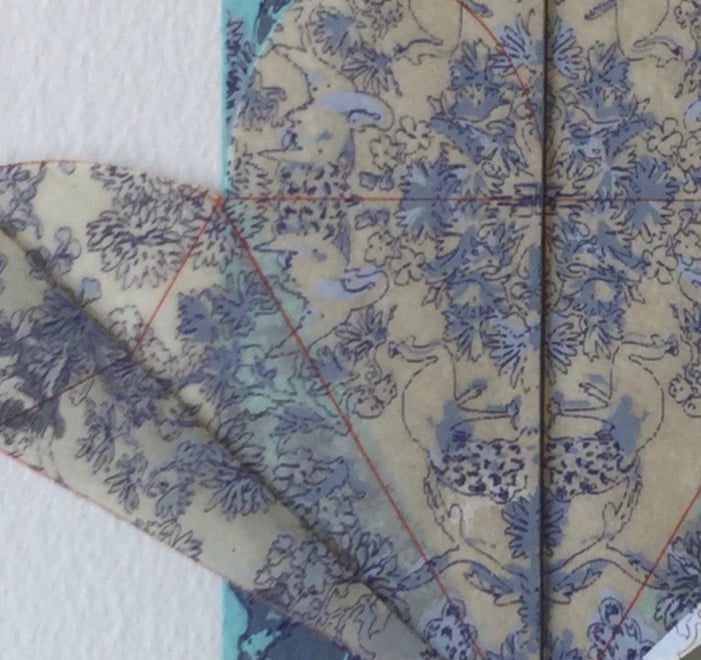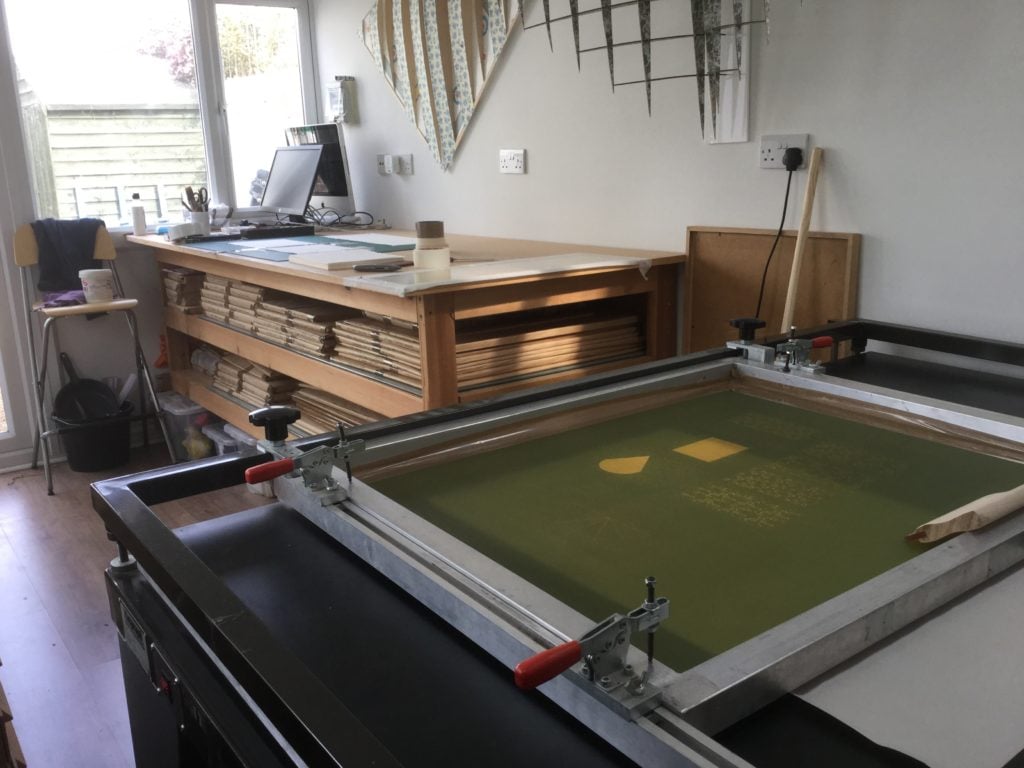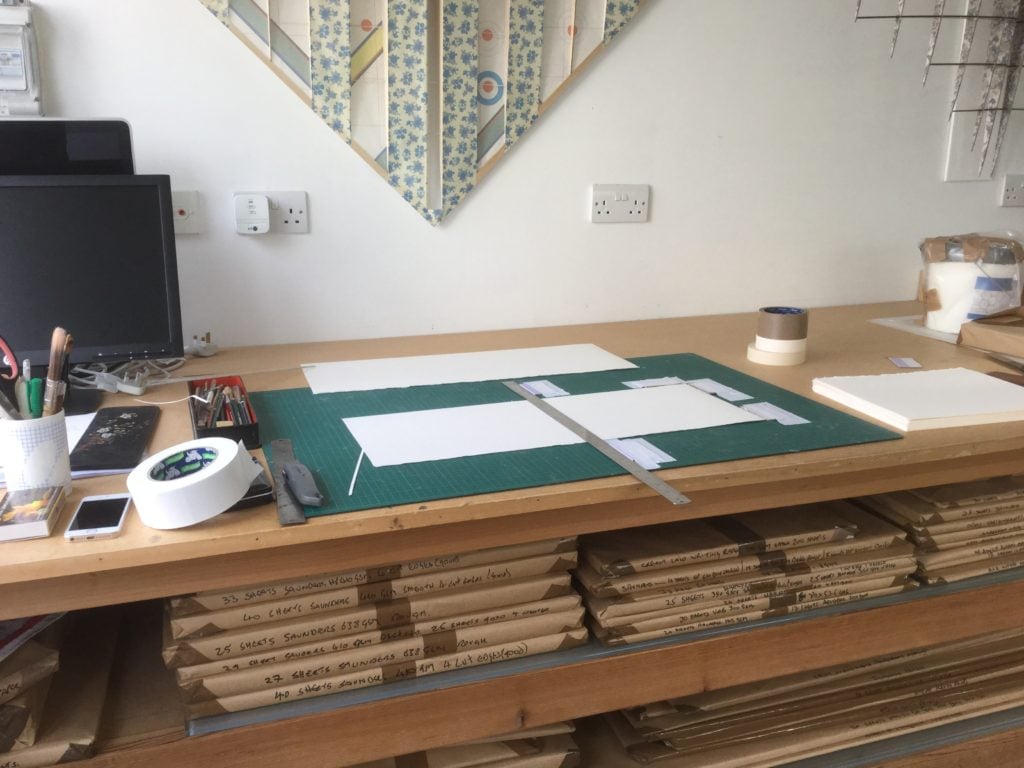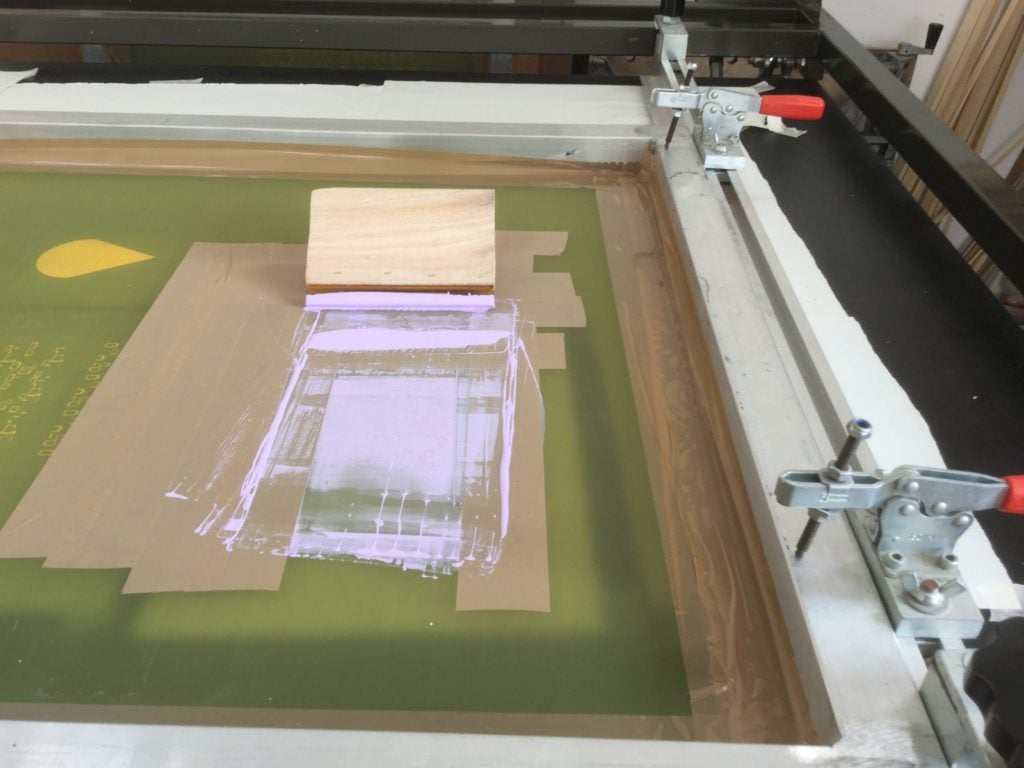
Made for the online exhibition as part of the Impact conference in Hong Kong. Rose wing 2 logically pairs with Rose Wing one which was exhibited and sold at the 2018 Royal Academy Summer Exhibition. Rose Wing 2 is 1.7 metres long by 18 cms high and 3 cms deep.

The wings are made of laser cut balsa wood which are glued together with PVA glue. They are then covered in 13 gsm Japanese tissue, which is inkjet printed. Sadly I have become allergic to super glue whilst making these aeroplane artworks and either have to wear a gas mask whilst making them, or I now use PVA and hold everything together with dressmaking pins whenever I can. When I made model aeroplanes as a child I used balsa cement which contained acetone and the aeroplane engines were powered by an ether and oil mixture. At age 14, I was allowed to go to the local pharmacy and buy 2 pints of ether over the counter and bring this highly volatile and explosive mixture, home on the bus in a brown glass bottle. Life has become more boring , but a great deal less harmful.
I have said before that I wanted to move away from the traditional aeroplane roundels and markings of war that occurred on model aeroplanes and create something much more friendly, that conveys my love of flying models and early aeroplanes. This love was passed down from my father. The only two books I inherited from him, were Charles Kingsford Smith, My Flying Life and the Autobiography of the Dutchman Anthony Fokker.
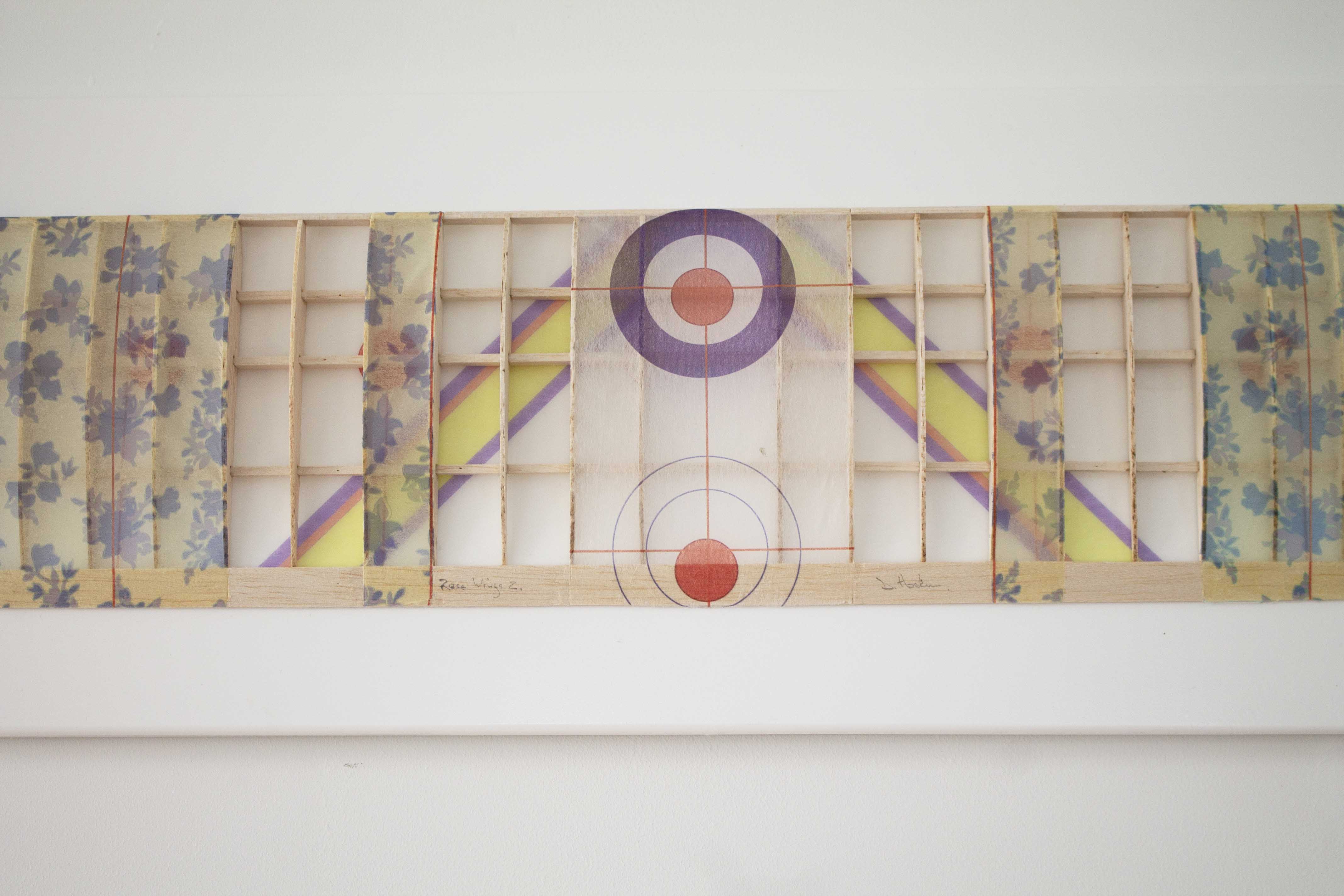
I have found a way of printing the lightweight tissue on a backing support, so that on most passes through the wide format printer the tissue does not all scrunch up and jam the printer. One of the distinct advantages of working in, and having run a large university research centre, The CFPR at UWE Bristol. Is that I have the time and space to run a wide format machine at its very limits and can then clean it down afterwards. I also can set the ink limits and colour management to my personal satisfaction and not have to rely on a RIP to balance the colour on a material that will only take a very limited ink deposit in the first place.

